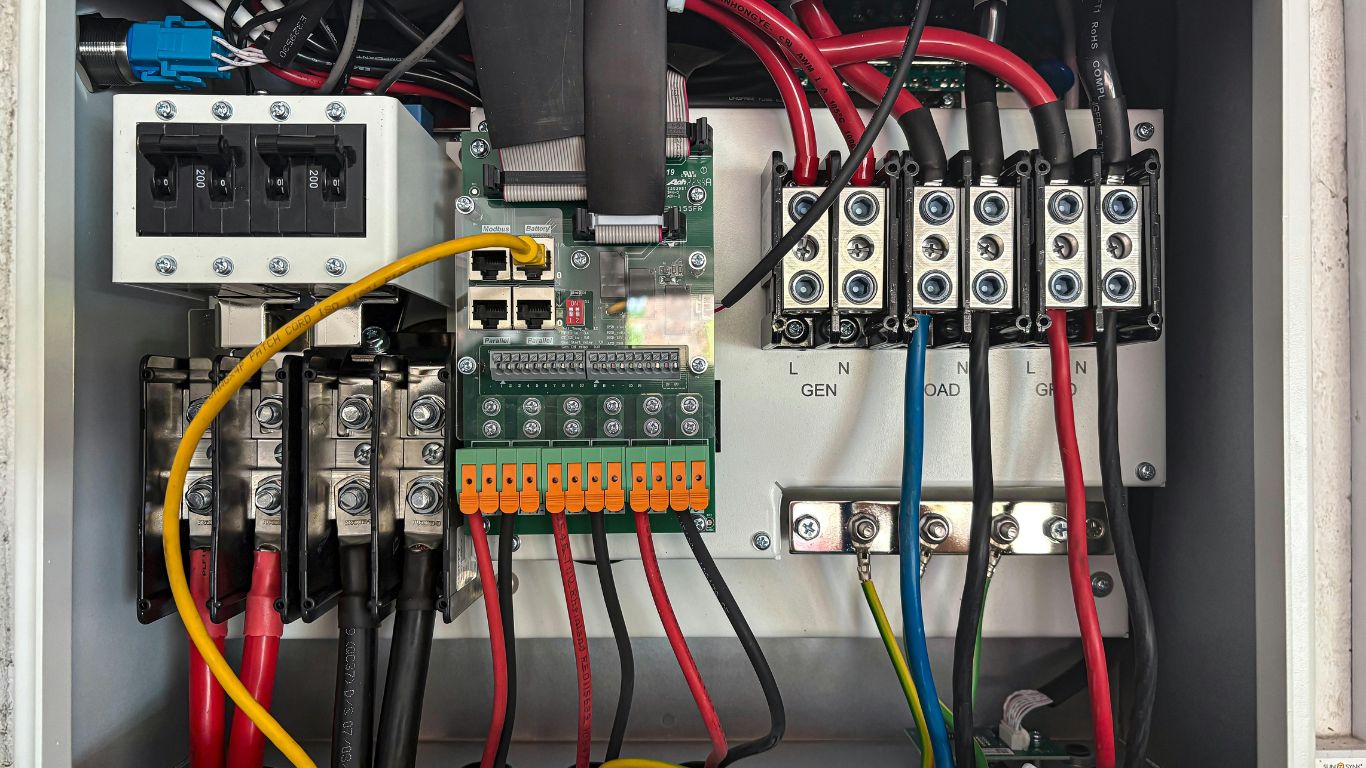In today’s digital-first world, where remote work and BYOD (Bring Your Own Device) culture dominate, businesses face an uphill battle ensuring security. Cyber threats are becoming more sophisticated, and traditional security measures often fall short. Enter Device Trust, a security concept designed to enhance endpoint security by verifying and managing devices before granting access to corporate resources.
But what exactly is device trust, and why does it matter so much? Let’s break it down.
Understanding Device Trust
At its core, device trust is a security framework that evaluates whether a device is trustworthy before allowing it to connect to a corporate network, application, or data. Trustworthiness is determined by checking compliance with security policies, such as up-to-date software, the presence of antivirus protection, encryption, and the absence of jailbreaking or rooting.
The idea is simple: no matter who is using the device, access isn’t granted unless the device itself meets predetermined security criteria.
Why Device Trust Matters
- Mitigating Cybersecurity Risks
Unsecured devices are a gateway for hackers. They can exploit outdated operating systems, weak passwords, or unpatched vulnerabilities. With device trust in place, companies ensure that only secure and compliant devices can access sensitive data, significantly reducing risks. - Supporting Zero Trust Frameworks
Device trust fits seamlessly into the larger Zero Trust model, where no user, device, or application is inherently trusted. Instead, every connection is verified. By implementing device trust, businesses take a proactive step toward eliminating weak links in their security chain. - Securing Remote Work Environments
The remote work boom has made securing endpoints a top priority. Employees use personal laptops, smartphones, and tablets to access work resources, making it crucial to verify the security status of these devices.
How Device Trust Works
The implementation of device trust revolves around a few key steps:
- Device Verification
Devices are verified based on various parameters, such as operating system version, security patches, antivirus status, and hardware integrity. Tools like Mobile Device Management (MDM) systems or endpoint detection platforms often handle this. - Policy Enforcement
Companies set strict policies to determine what qualifies as a “trusted” device. For example, policies might block access from jailbroken phones or unencrypted laptops. - Continuous Monitoring
Device trust isn’t a one-time check. Continuous monitoring ensures that devices remain compliant. If a device falls out of compliance (e.g., a missing software update), access is revoked until the issue is resolved. - Integration with Authentication
Device trust is often combined with authentication methods like Multi-Factor Authentication (MFA). For example, a user may pass MFA but still be denied access if their device fails the trust check.
Benefits of Device Trust
- Enhanced Security: By verifying endpoints, businesses can block access from compromised or non-compliant devices.
- Compliance Assurance: Device trust helps organizations adhere to data privacy laws and industry regulations, such as GDPR, HIPAA, and PCI DSS.
- Streamlined User Experience: While device trust may sound restrictive, it often works behind the scenes, minimizing disruptions for employees while maintaining security.
- Scalable for Remote and Hybrid Models: As businesses embrace flexible work setups, device trust ensures a secure experience regardless of where employees log in.
Challenges of Implementing Device Trust
While the benefits are clear, implementing device trust isn’t without its hurdles:
- Initial Setup Complexity: Defining security policies and deploying tools can be time-consuming.
- Device Diversity: Employees use a wide range of devices, which can complicate policy enforcement.
- Balancing Security and Privacy: Employees might feel uneasy about corporate policies monitoring their personal devices. Transparency and clear communication are key to overcoming this.
The Future of Device Trust
As organizations continue to navigate a world of distributed teams, the importance of device trust will only grow. Emerging technologies, like AI-driven endpoint security, will make device trust even more dynamic and effective. Meanwhile, integration with advanced authentication methods, such as biometrics and FIDO2, will further strengthen its role in ensuring endpoint security.
Final Thoughts
Device trust is more than a buzzword—it’s a necessity in today’s evolving threat landscape. By verifying and enforcing compliance at the device level, businesses can create a robust first line of defense against cyber threats. For organizations looking to protect their sensitive data while supporting flexible work models, implementing device trust is a step in the right direction.
As cyberattacks become more sophisticated, the question isn’t whether you should adopt device trust but rather how soon you can start.



